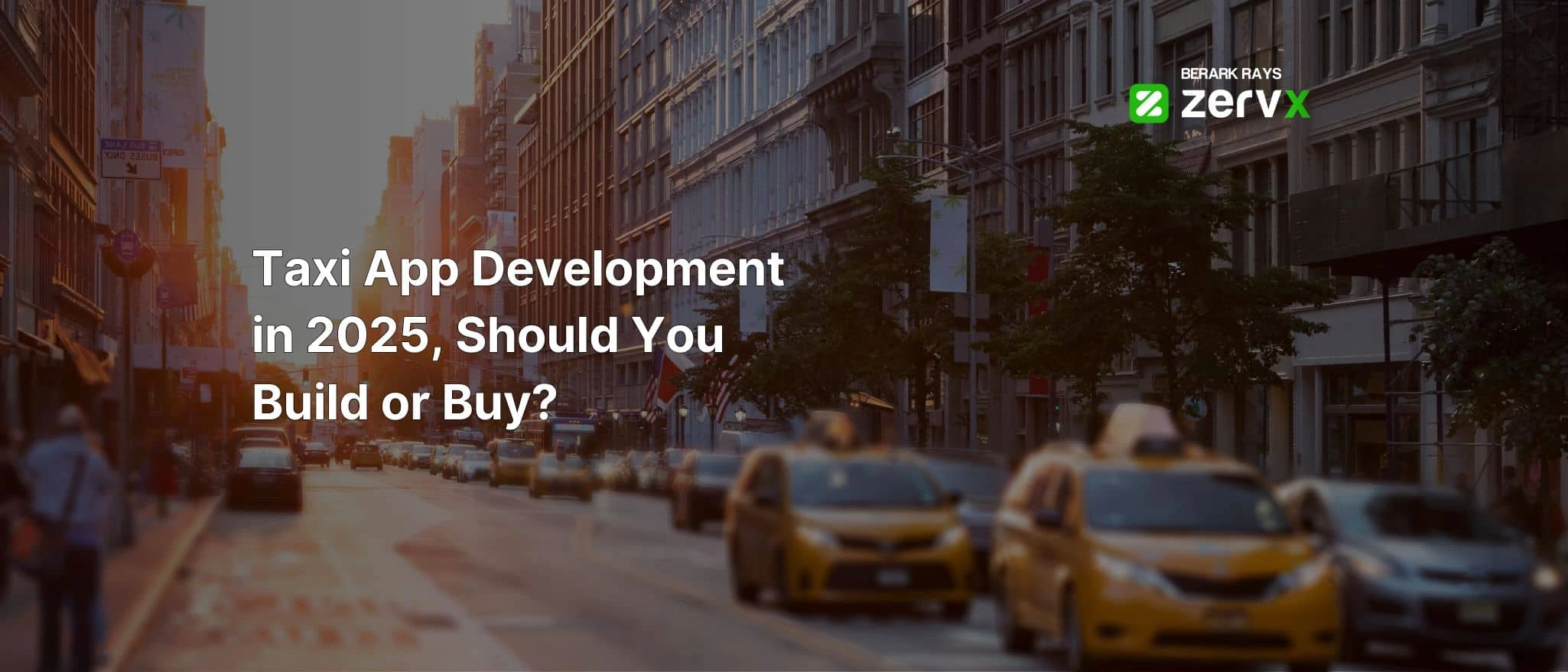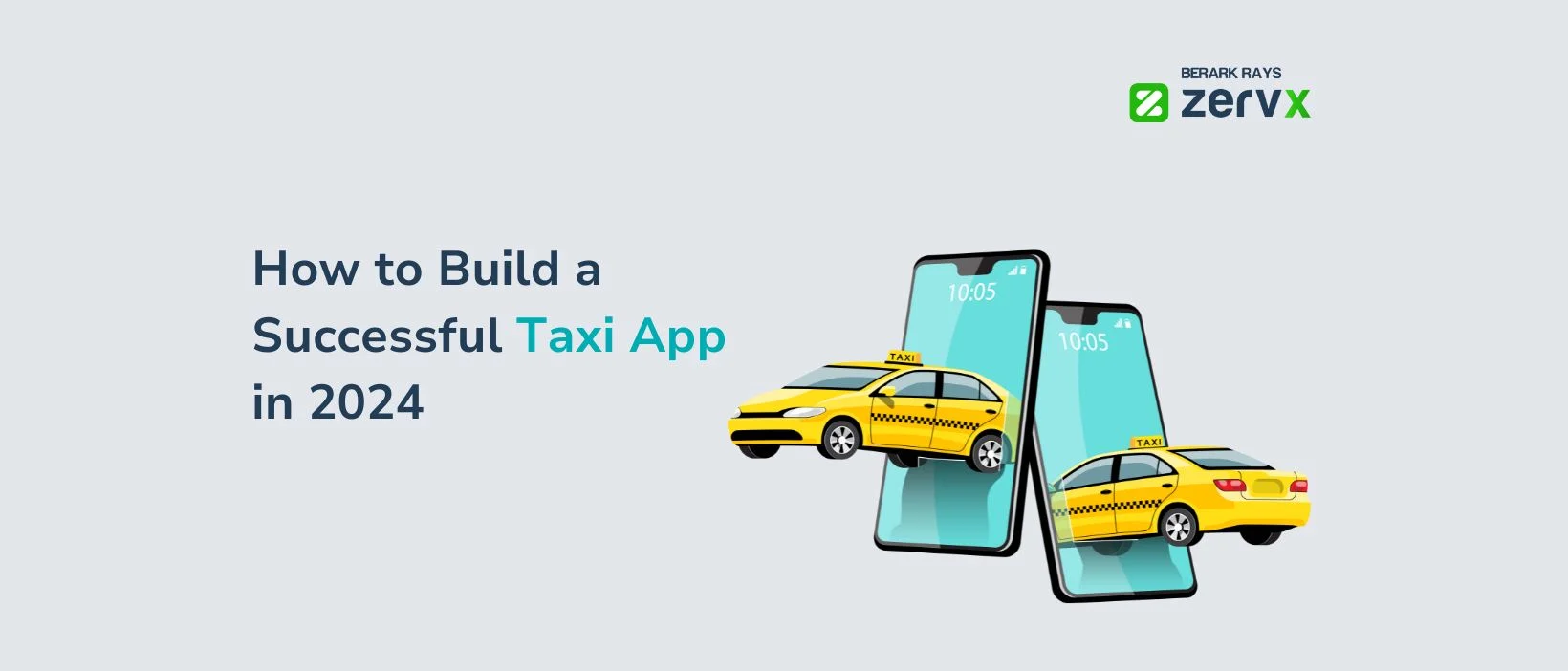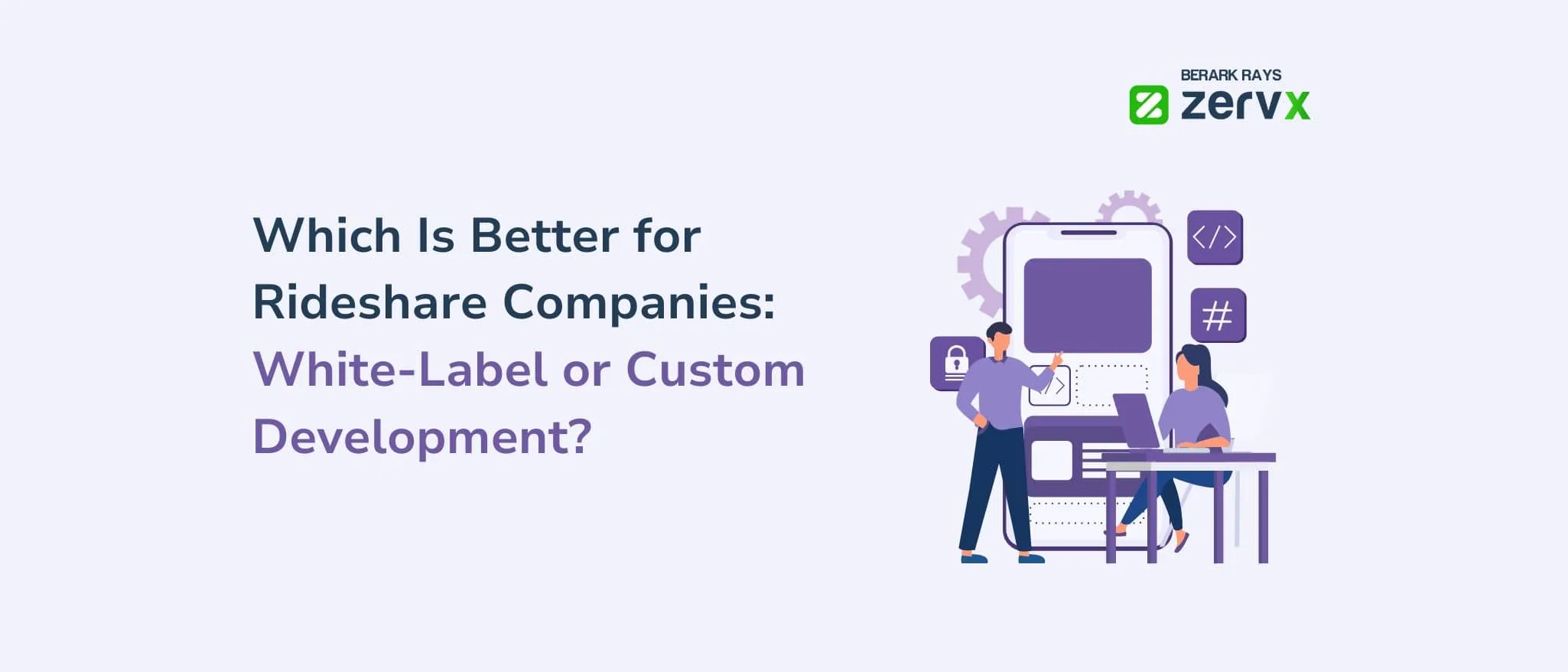In 2025, managing a taxi business comes with constant challenges. Costs keep rising, passenger expectations grow higher, and competition from global ride-hailing giants is stronger than ever. The difference between staying stuck and moving forward often lies in the tools you choose.
Affordable taxi software is no longer out of reach. Even small fleets can now access features that once belonged only to large companies. With the right system, you can cut wasted time, give riders a smoother experience, and keep your drivers busy instead of waiting for the next trip.
The main takeaway is simple. Software should make your life easier, not harder. It should fit your budget, match your passengers’ needs, and help your business grow at a steady pace.
If you’re still weighing options, start small. Test a demo, ask the right questions, and compare features that really matter to your business. A clear, affordable choice will stand out once you see how it works in practice.



